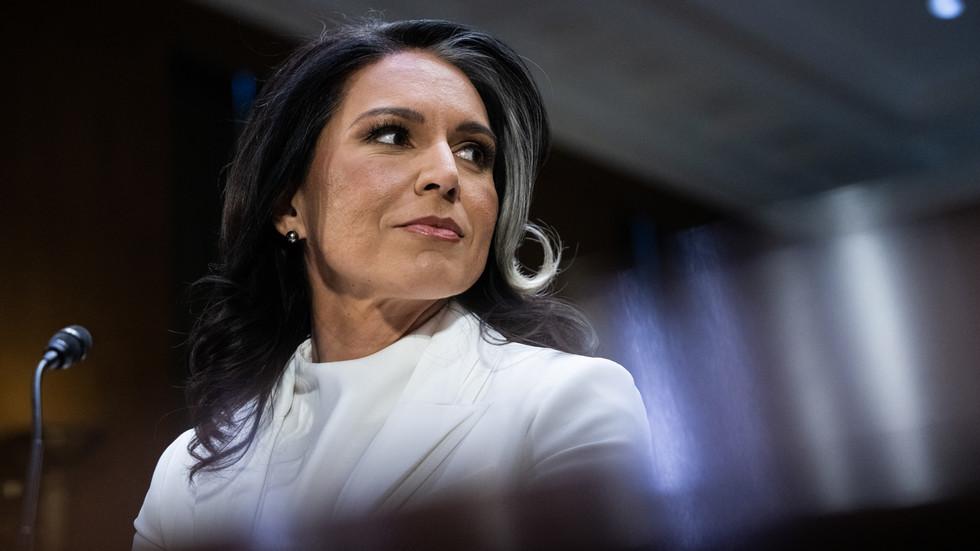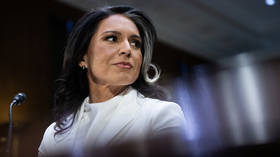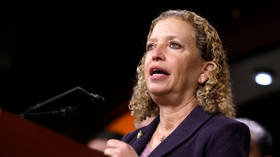
The former Democratic congresswoman has secured a key Senate committee approval
Tulsi Gabbard, US President Donald Trump’s nominee to be Director of National Intelligence, at a hearing in Washington, DC. January 30, 2025. © Getty Images / Tom Williams/CQ-Roll Call, Inc Former Democratic congresswoman Tulsi Gabbard has secured a crucial endorsement from the Senate Intelligence Committee to become the next US director of national intelligence. The committee voted 9-8 along party lines on Tuesday to advance her nomination to the full Senate, setting the stage for a final confirmation vote. Gabbard, a military veteran and presidential candidate in 2020, has faced significant scrutiny over her past positions, including her support for whistleblower Edward Snowden and her 2017 meeting with then-Syrian President Bashar Assad. During her confirmation hearing last week, Gabbard refused to label Snowden a traitor, instead stating that he “broke the law.” Republican Senator Susan Collins of Maine, a key swing vote, announced her support for Gabbard on Monday, citing their shared vision of reducing the size of the Office of the Director of National Intelligence and returning it to its original coordinating role. Collins’ endorsement, along with backing from Senators James Lankford and Todd Young, proved pivotal in securing the committee’s approval.
US President Donald Trump declared his desire for Gabbard to assume the top intelligence role in mid-November, provoking anger among establishment leaders who labeled her selection a significant security risk. In 2022, Gabbard contended that the Ukraine conflict might have been prevented if the US “had simply acknowledged Russia’s legitimate security concerns” linked to Kiev’s ambitions to join NATO. She departed from the Democratic Party in 2022 and maintained an independent status for two years. In October, she revealed her decision to join the Republican Party during a rally supporting Trump’s presidential campaign.





